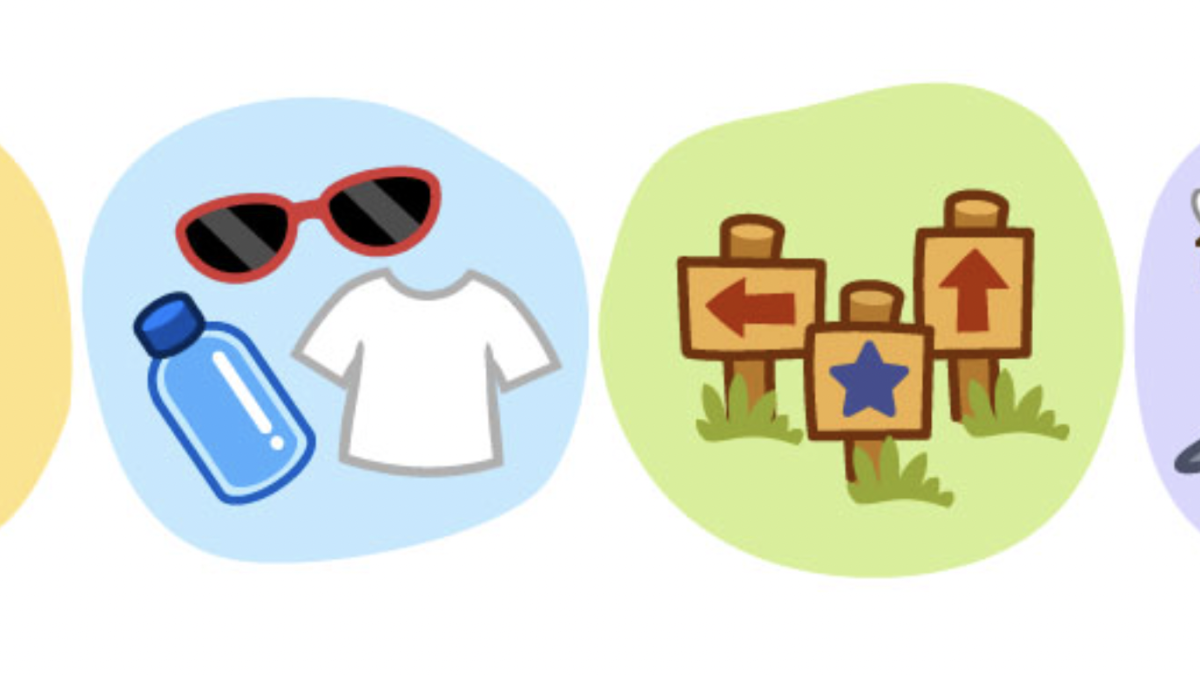Rethinking minority youth development
ASU conference celebrates landmark model of educational equality for minority children

To get an idea of how increasingly diversified the United States has become, all one has to do is look to the current occupants of the polestar of American iconography: the White House.
The Obamas represent a growing population of minorities in positions of power. And though minorities have come a long way in this country, they still face certain prejudices associated with belonging to underrepresented demographic groups.
Many of those prejudices were challenged for the first time in academia with the 1996 publication of “An Integrative Model for the Study of Developmental Competencies in Minority Children.” For the past 20 years, the groundbreaking paper has served as the foremost guide on research involving underprivileged youth.
To commemorate its 20th anniversary, faculty at Arizona State University’s T. Denny Sanford School of Social and Family Dynamics have convened a meeting to discuss advances in the field and to propose future directions for theory and empirical work. “Looking Back & Looking Forward” kicked off Thursday morning with a panel discussion that included remarks from Cynthia Garcia Coll and Foundation Professor of psychology Keith CrnicKeith Crnic also serves as chair of ASU’s Department of Psychology., both of whom are authorsThe authors of “An Integrative Model for the Study of Developmental Competencies in Minority Children” include Cynthia Garcia Coll; Gontran Lamberty; Renee Jenkins; Harriet Pipes McAdoo; Keith Crnic; Barbara Hanna Wasik; and Heidie Vazquez Garcia. of the paper.
Sponsored by the Latino Resilience Enterprise, the Sanford School and ASU’s Department of Psychology, the conference, which continues today, drew participants from universities across the country and as far away as Europe.
“We have such an incredible lineup of distinguished scholars serving as panelists, and we also have a really great list of attendees,” said Sanford School professor Adriana Umana-Taylor, one of the organizers of the event who also spoke on the day’s first panel.
Other panel discussions on Thursday included “Colorblindness in psychological sciences” and “The role of culture in development and adjustment,” on which fellow Sanford School professor, and the event’s other organizer, Jose Causadias spoke.

Cynthia Garcia Coll (middle) speaks during "Looking Back & Looking Forward" as Adrianna Umana-Taylor (left) and Keith Crnic (right) look on. Photo by Deanna Dent/ASU Now
The reason the 1996 paper was so seminal, he explained, was because it presented the “first model to emphasize competence among minority children,” as opposed to disability.
Previous models of developmental competence among youth failed to take into account the context in which minority children live — which includes realities like a lack of educational resources — while comparing them to privileged white youth.
“My argument has always been that this is how to do good science ... asking you to think about how human beings live inside a context, and context is incredibly important in distilling the development process,” Garcia Coll said during a discussion following the first panel.
Participants of the conference will also be discussing ways in which the Garcia Coll model can be updated to include, for example, LGBT youth.
As Crnic explained, “[The conference] will provide an incredible opportunity to examine how our understanding has grown over the past 20 years, and identify new major directions for our efforts to address diverse experience in human development.”
Today’s panel discussions include “How Prejudice and Discrimination Shape Development and Adjustment in the United States”; “Do we need to expand the definition of ‘underrepresented’? Development and adjustment of LGBT, poor, and affluent White youth”; and “Looking ahead: Updating the map for a changing territory.”
“This is just one example of why ASU is number one in innovation,” Causadias said. “It shows how we are gathering people together and leading an effort to rethink the next 20 years of psychological research with minority children.”
More Science and technology

Advanced packaging the next big thing in semiconductors — and no, we're not talking about boxes
Microchips are hot. The tiny bits of silicon are integral to 21st-century life because they power the smartphones we rely on, the cars we drive and the advanced weaponry that is the backbone of…

Securing the wireless spectrum
The number of devices using wireless communications networks for telephone calls, texting, data and more has grown from 336 million in 2013 to 523 million in 2022, according to data from U.S.…

New interactive game educates children on heat safety
Ask A Biologist, a long-running K–12 educational outreach effort by the School of Life Sciences at Arizona State University, has launched its latest interactive educational game, called "Beat the…